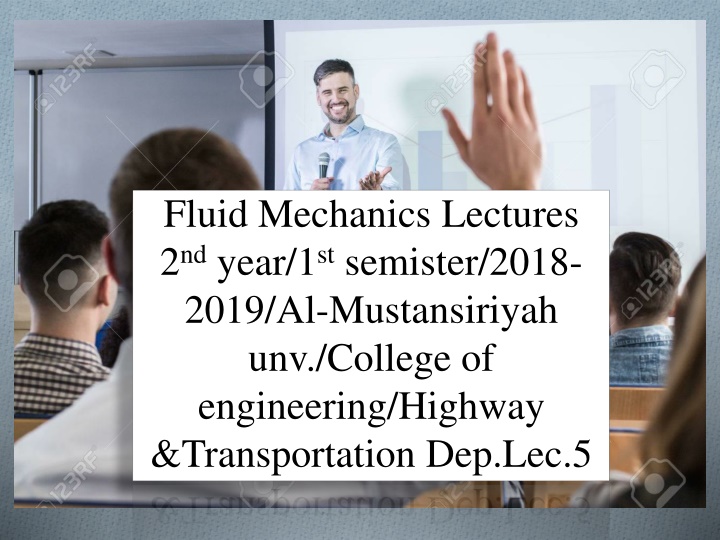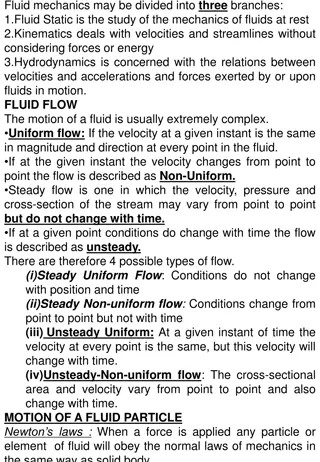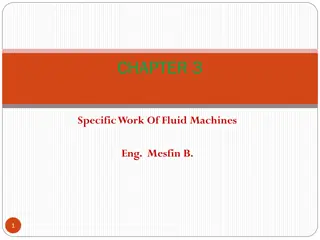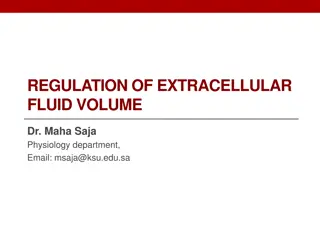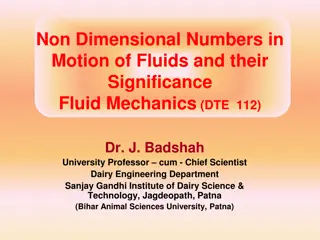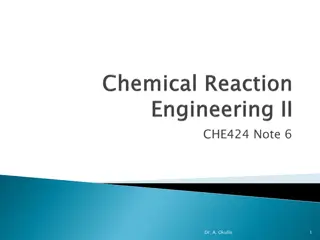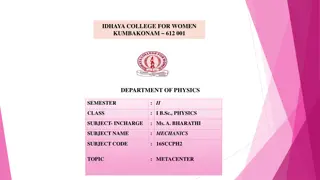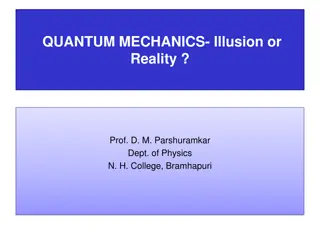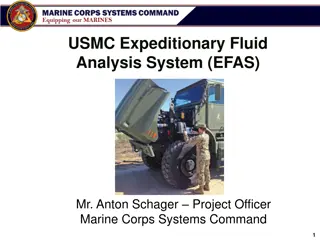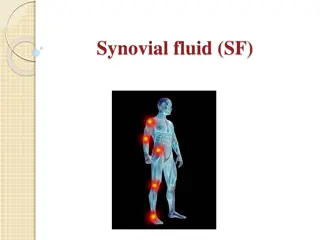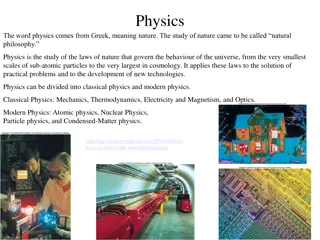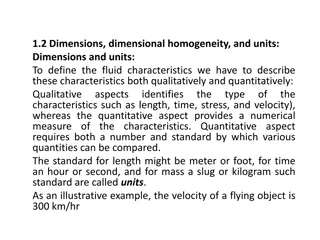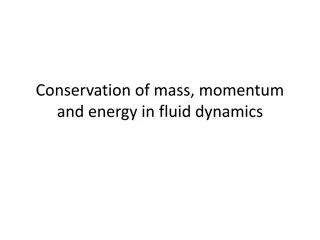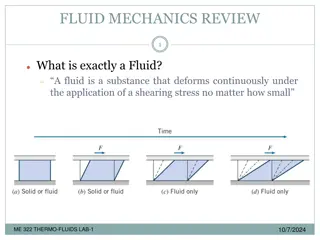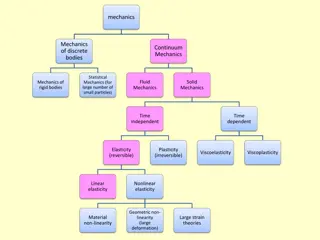Fluid Mechanics Lectures 2nd Year Semester 2018-2019
Delve into the fundamentals of fluid mechanics in this detailed lecture series from Al-Mustansiriyahunv, College of Engineering. Explore the intricacies of Highway and Transportation Department lectures, gaining valuable insights for your studies. Dive deep into the principles, equations, and applications of fluid mechanics that underpin various engineering disciplines.
Download Presentation

Please find below an Image/Link to download the presentation.
The content on the website is provided AS IS for your information and personal use only. It may not be sold, licensed, or shared on other websites without obtaining consent from the author.If you encounter any issues during the download, it is possible that the publisher has removed the file from their server.
You are allowed to download the files provided on this website for personal or commercial use, subject to the condition that they are used lawfully. All files are the property of their respective owners.
The content on the website is provided AS IS for your information and personal use only. It may not be sold, licensed, or shared on other websites without obtaining consent from the author.
E N D
Presentation Transcript
Fluid Mechanics Lectures 2ndyear/1stsemister/2018- 2019/Al-Mustansiriyah unv./College of engineering/Highway &Transportation Dep.Lec.5
O . Buoyancy(Archimedes Buoyancy(Archimedes principle) O An important aspect of hydrostatic pressure deals with determining the net force that is exerted on an entire body that is either completely submerged or floating in a partially submerged position. In case of either completely submerged or floating there is a net upward pressure acting on the body. This force called the buoyancy force, occurs because pressure increase with depth. Thus the pressure acting upward on a bottom surface area is greater than the pressure acting downward. On the other hand the net horizontal pressure force submerged or floating body equals zero. principle) on a completely
Completely submerged body The weight W of the submerged body occupying the volume IJKLI. The vertical force Ftop acting downward on the top surface of the body that equals the weight of the fluid in the volume HILKMH: Ftop = fluid*Vfluid 3-Thevertical force Fbottom acting upward on the surface of the body that equals the weight of the fluid that would occupy the volume HIJKMH if the body were not present: Fbottom= fluid *Vfluid Since Fbottom is greater than Ftop there is a net upward pressure force (Fbottom-Ftop) acting on the submerged body. Since Fbottom-Ftop) equals the weight of fluid having a volume equal to volume of the body: FB= fluid*Vfluid. FBis called buoyancy force. .
O O When a person gets weighed the recorded weight called apparent weight really equals the actual weight minus the weight of the atmospheric air displaced by the person s body. Thus the measured weight of a person equals the weight of the person in a perfect vacuum minus the weight of atmospheric air displaced by the person: O Apparent body weight= body*Vbody- air*Vbody.
O Examples O Ex.1:The weight of a person is 180 lb where the specific weight of the atmospheric air is 0.0765 lb/ft3. If the persons total volume is 2.95 ft3. What is the persons actual weight and average specific weight? O Apparent weight=actual W- air*Vperson O 180=actual W-(0.0765)*(2.95) O Actual W=180.23 lb. O Persons average density =actual W/Vol. O =180.23/2.95 O (human beings have an average specific weight of about 61 lb/ft3and thus can theoretically float in water because the specific weight of water is 62.4 lb/ft3) =61.1lb/ft3
Ex.2: Using pressure height relation(P=h) show that the buoyancy force a completely submerged circular cylinder equals the weight of the liquid displaced by the cylinder O FB=F2-F1=P2A-P1A O FB=(Patm+ luquid*h2)A-(Patm+ liquid*h1)A O FB= luquid(h2-h1)A O FB= luquid V cyl.= weight of the displaced liquid. - )
O Ex.3:A 6 in cube completely submerged in water is balanced by a 10lb weight on the beam scale, determine the specific gravity of the cube material O T(tension)*1=10 *1.5 O T=15lb O T+FB-W=0 O FB= water *V disp.water= water *V cube O =62.4*63*1/1728=7.8 lb O W=T+FB O =15+7.8=22.8 lb O cube=W cube/V cube O =22.8/63*(1/1728)=182 lb/ft3 O S.G= cube/ water=182/62.4=2.92 .
